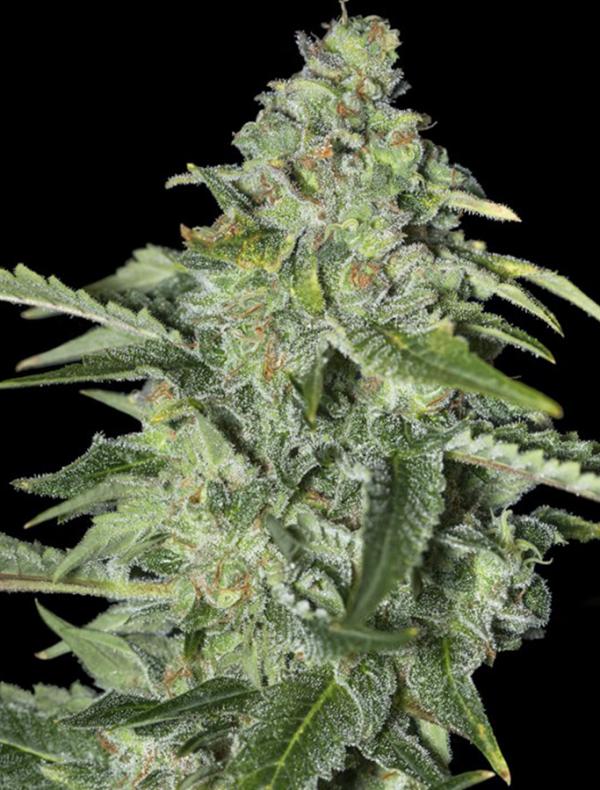TNT Kush CBD
Eva Seeds Sex: CBD-Feminised
Sex: CBD-Feminised Genotype: 75% Indica / 25% Sativa
Genotype: 75% Indica / 25% Sativa Cross: TNT Kush x Only CBD
Cross: TNT Kush x Only CBD Suitable for: Indoors and outdoors
Suitable for: Indoors and outdoors Indoor flowering: 55-60 days
Indoor flowering: 55-60 days- See all the features
Description
TNT Kush CBD develops into a small/medium cannabis plant with a hardy and compact structure that exhibits short internodes and wide leaves. She's an easy-to-grow plant that looks like an elegant Christmas tree coated in dense and resinous buds. Her CBD genetics provide this hybrid with enough therapeutic potential to reach the optimum 1:1 THC/CBD ratio for medical applications. A strain that produces true therapeutic effects without the need to endure the potent effect produced by high THC levels.
Indoor yields are outstanding. Outdoors she grows well in warm and Mediterranean climates, or in the pleasant atmosphere of a greenhouse. In contrast with other strains, TNT Kush CBD doesn't require much maintenance, though it is best to provide her with organic nutrients, especially if she's aimed at medical use. In addition to these therapeutic properties, this plant also offers really tasty and fruity organoleptic properties.
TNT Kush CBD releases deep aromas and flavours, with hints of citrus fruits, wood, and hot spices. She's the perfect cannabis seed for medical applications or for users looking for powerful and long-lasting relaxation.
Remember that, besides our catalogue of Eva Seeds, you can access our selection of over 3,000 cannabis seeds. Don't forget to use our advanced filters to help you find strains with higher or lower THC levels, with faster flowering cycles and of varying sizes depending on your grow's needs.
Technical data
| Eva Seeds | |
| CBD-Feminised | |
| 75% Indica / 25% Sativa | |
| TNT Kush x Only CBD | |
| Indoors and outdoors | |
| 55-60 days | |
| 400-500 g/m2 | |
| Early October | |
| 500-1000 g/plant | |
| 10% | |
| 10% | |
| 1:1 |
*Cannabinoid levels (THC, CBD...) could vary due to external factors such as the culture medium, grower's experience, cultivation techniques (SOG, SCROG...), environmental conditions, or genetic variation.













